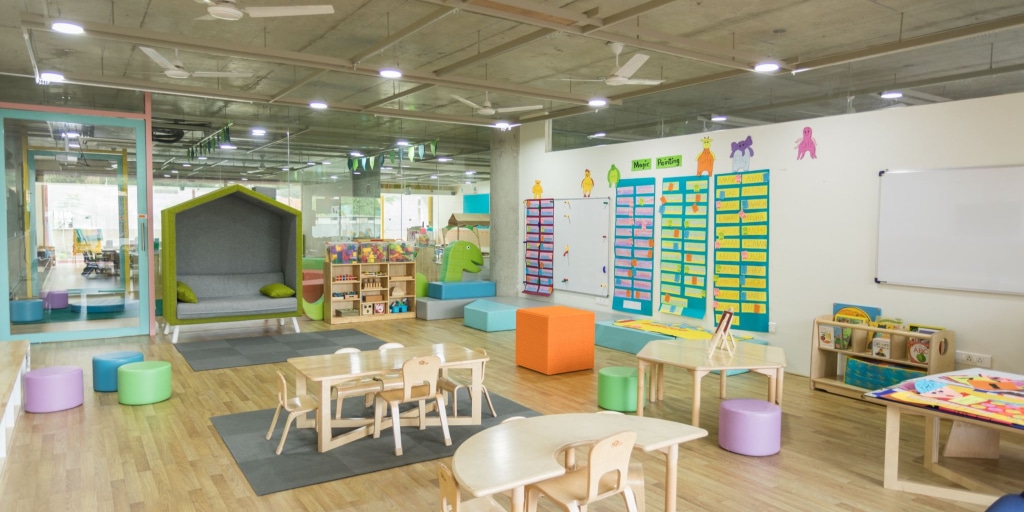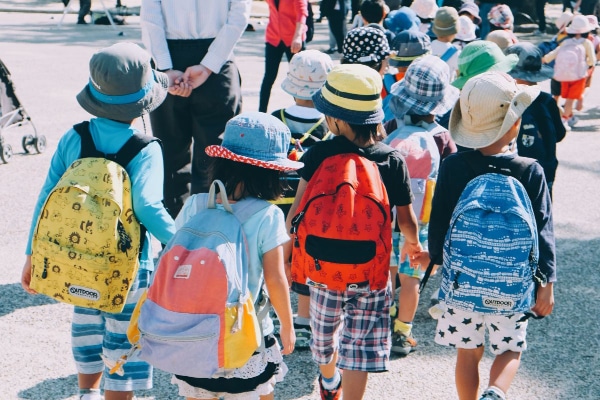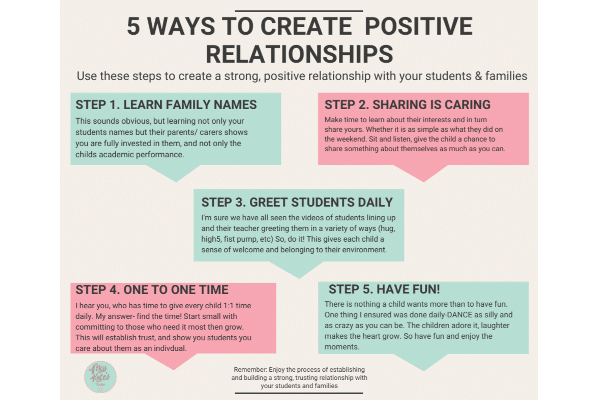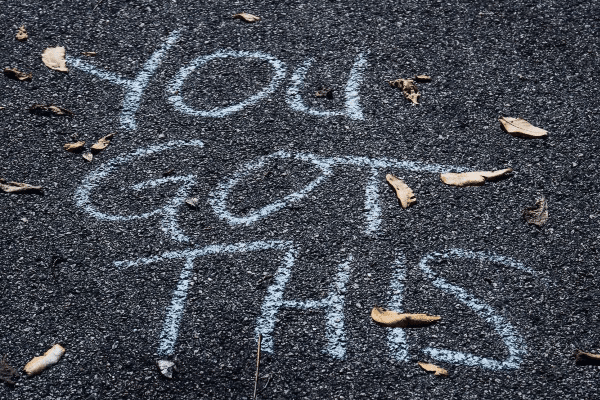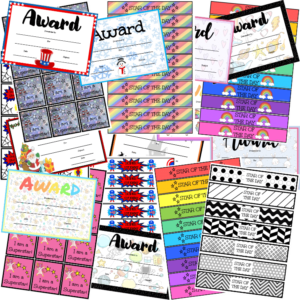Read Time 5 mins
What We'll Cover
- Being organized and structuring procedures.
- Building relationships and how to grow them.
- Role models – How to lead by example.
Strategies for classroom management are key for teachers to learn and develop. It can be difficult to keep track of everything that’s going on in a room full of students.
But the good news is…
With proven techniques for classroom management and the right styles of classroom management in place, it can be done.
In this guide, we’ll discuss everything you need to know about classroom management. From establishing rules and building relationships to using positive reinforcement techniques. As well as developing an overall philosophy for classroom management.
We’ll also explore many other techniques for classroom management. One simple example is how being a role model can help make your classroom run smoother.
Simple Right? Never…
So whether you’re just starting out as a teacher or you’ve been teaching for years, there are many strategies of classroom management you can learn from this 3 part guide.
This post is part 1 of 3 in the series. I wasn’t able to get everything in one post because It ended up looking like a book. I’ve split it up for easier reading and parts 2 and 3 will be here soon.
I’ve made another post called “3 Main Styles For Classroom Management | Plus Tips“. It talks about other styles of classroom management and touches on Democratic, Autocratic, and Laissez-faire tactics. If you look at this it will give you a good idea of which style of classroom management you align with best.
I’ll continue…
As any teacher knows, the classroom is a unique environment. To be successful, it is essential to have a well-organized and structured space.
This is where effective strategies for classroom management come in.
Get Organized With Set Procedures & Boundaries
By following established procedures, you can create an environment that’s conducive to learning.
Furthermore, by maintaining rules and having clear expectations, you can prevent disruptions. Then students will have the opportunity to focus on their studies. Additionally, effective classroom management helps to build positive relationships between teachers and students.
When students feel valued, they are more likely to be engaged in the learning process. Therefore, detailed strategies for classroom management are essential to any educational setting as well as looking at certain techniques.
Techniques for Classroom Management That Include – Relationship Building
Positive relationships between teacher and student are just one of many foundations for classroom management.(Remember this as we go through other methods in this post and the other parts of this guide)
When students trust their teacher, they are more likely to behave appropriately. A great relationship allows teachers to understand individual needs and how best to support the student.
One way to build trust is by getting to know your students, what are their interests and hobbies? They will feel valued and appreciated when you truly know what makes them happy.
Positive relationships with students create a learning environment where students feel comfortable. It allows students to ask questions and take risks more comfortably.
Building Positive Relationships With Students – Other Reasons Why It’s Important.
When students feel appreciated and acknowledged, they are more likely to behave positively.
Additionally, positive teacher-student relationships can lead to improved academic performance and social-emotional development for students. Research has shown that when students feel supported by their teachers. They’re more likely to be engaged and have higher grades.
Positive teacher-student relationships are important for developing self-esteem and confidence in students. We will discuss this further in future posts, which I cannot wait to share with you!
QUICK TIP: Keep on top of the latest in all things teaching. I like k12dive.com for lots of handy and relevant industry news.
Be A Good Role Model In The Classroom – What Are The Different Types Of Role Model Behaviors?
There are a few different types of role model techniques to manage children in the classroom.
First, Set out some examples you can use daily.
This is where you show what you expect from the children by doing it yourself. For example, if you want the children to be quiet and listen attentively, then you need to be quiet and listen.
By exhibiting the same behavior, you can create a well-disciplined and respectful classroom. The goal of any educator is to provide students with the best possible learning experience.
Another way you could use role modeling is by choosing a student who exemplifies the behavior you want to encourage.
Role models can help to motivate other students by providing a positive example to follow. Of course, it’s important to select a role model who is capable of handling the responsibility.
When used correctly, role modeling can be an invaluable tool for classroom management. By using these strategies, you can create an environment where everyone loves coming to class.
We’re always teaching – Role model philosophy for classroom management. You are always teaching even when you’re not in front of children.
Students watch everything we do and they learn from our examples. They remember everything.
Have you ever had a parent come up to you and tell you, “At home, he/she plays Miss Kate very well!” I’ve had this multiple times, which is even funnier when my students are mimicking a Welsh accent.
However, this shows they are watching your every move! That’s why it’s so important to be aware of our behavior and make sure we are setting a good example for our students.
What are some of your favorite role model techniques? Let me know on my socials by clicking here or at the top.
Create Positive Reinforcement.
As any parent or teacher knows, children need positive reinforcement to thrive. By using positive reinforcement techniques, adults can help children to feel confident and motivated. This encourages them to stick with good behaviors even when faced with challenges.
As a teacher, positive reinforcement is one of the most important tools in my toolbox when it comes to effective classroom management. By providing positive feedback and encouragement, I can help to reinforce positive behavior among my students. It can be done whilst also establishing clear expectations and guidelines.
Additionally, positive reinforcement allows me to engage directly with students. It helps me to understand their unique learning needs and creates an environment where all students feel safe.
I want them to feel supported, and motivated to do their best.
Whether it’s through verbal praise or tangible rewards, positive reinforcement is an essential strategy. Of course, every child is different, so it’s important to experiment to find out what works best.
When students behave well, we want to reward them as soon as possible so they’ll continue to behave in that way. Many different types of positive reinforcement can be used.
In almost all classroom settings this will enhance your strategies for classroom management. Think about things such as verbal praise, stickers, points, coupons, brag tags, awards, etc. When used consistently, these techniques can help students develop quality classroom habits.
I hope you found these techniques for classroom management helpful.
As I mentioned, parts 2 and 3 of the Strategies For Classroom Management Guide can be found when I add them later. For now, ask any questions on my socials. Let me know if there’s anything else you’d like to know.
I’d be happy to help.
Love
Miss Kate x
